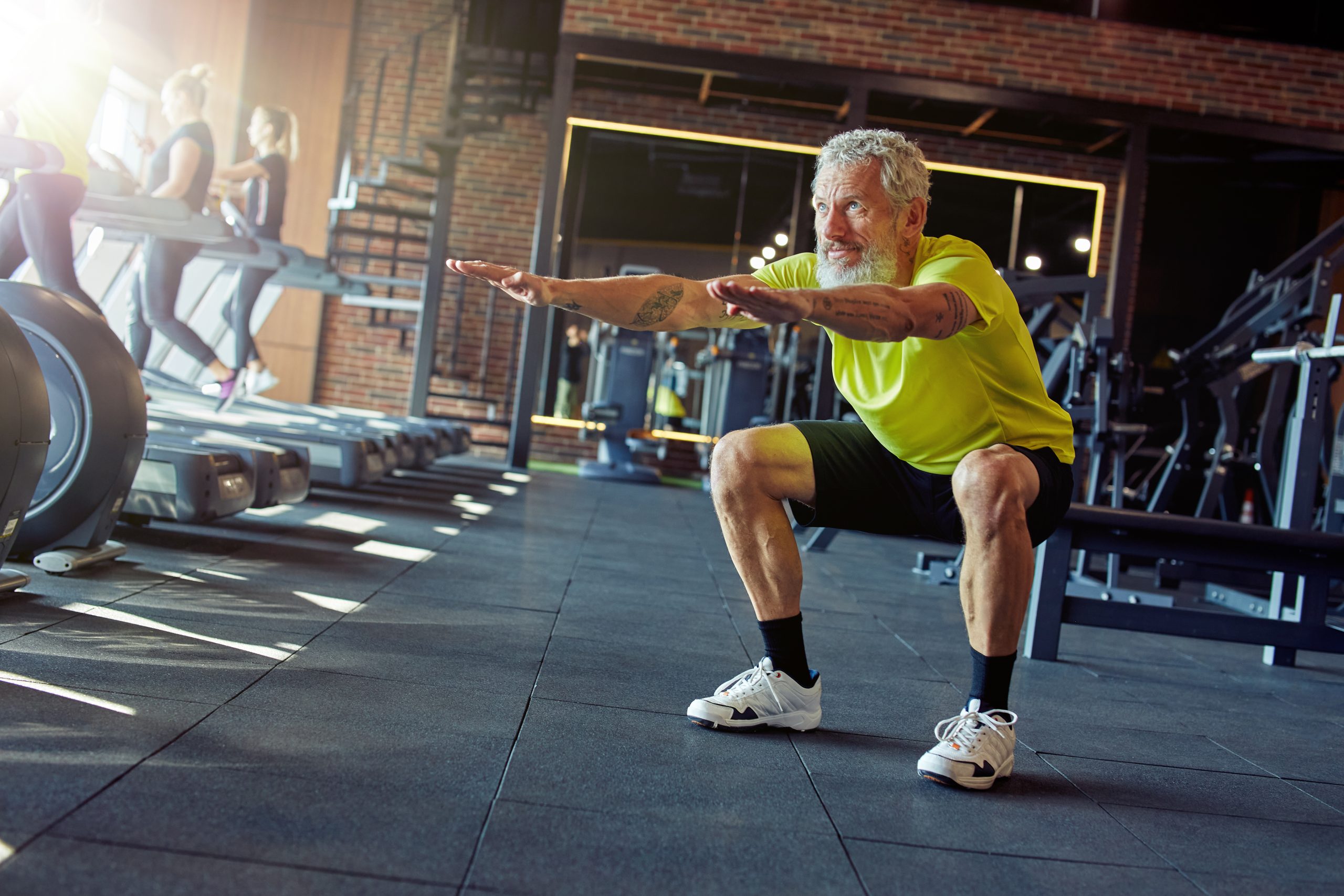A PMHNP’s Perspective: The Role of Testosterone Replacement Therapy in First Responders’ Mental Health
As a PMHNP-BC, I am committed to providing evidence-based care. The following blog post is for informational purposes only and does not constitute medical advice. Please consult with a qualified healthcare provider to discuss your individual health needs.
The men and women who serve as first responders—firefighters, police officers, and EMTs—are our community heroes. They run toward danger when others flee, and they are repeatedly exposed to high-stress, traumatic situations. While their physical courage is often celebrated, the toll this work takes on their mental and emotional well-being is significant. The rates of anxiety, depression, post-traumatic stress disorder (PTSD), and suicide are alarmingly high within this population (UTHealth Houston School of Public Health, 2025).
As a psychiatric mental health nurse practitioner, I am constantly exploring a holistic approach to care. This means looking beyond traditional psychopharmacology and psychotherapy to consider all factors that influence a person’s mental health, including hormonal balance. In recent years, a growing body of research has highlighted the connection between testosterone levels and mental health, particularly in men. This has led to a crucial conversation about the potential benefits of testosterone replacement therapy (TRT) for first responders.
The Link Between Testosterone and Mental Health
Testosterone is a hormone that plays a key role in numerous bodily functions, from muscle mass and energy levels to mood regulation and cognitive function. Research has shown that low testosterone, or hypogonadism, is often associated with symptoms that mimic mental health conditions, including fatigue, irritability, a lack of motivation, and depression (Caliper Wellness, 2025).
The demanding and often irregular lifestyle of a first responder—characterized by erratic sleep schedules, high stress, and cumulative trauma—can contribute to a decline in testosterone levels (Gameday Men’s Health, 2025). This hormonal imbalance can, in turn, exacerbate the very mental health symptoms that are already prevalent in this population. It’s a vicious cycle: the job can lower testosterone, and low testosterone can make it harder to cope with the mental strain of the job.
A recent study published in Translational Psychiatry found a U-shaped curve in the relationship between testosterone levels and PTSD symptoms (PsyPost, 2025). The researchers found that individuals with either very low or very high testosterone levels reported higher levels of PTSD symptoms, while those with mid-range levels had the fewest symptoms. While this study does not prove that low testosterone causes PTSD, it does suggest a significant relationship and supports the idea that restoring hormonal balance may have a positive impact on mental health outcomes (PsyPost, 2025).
The Potential for TRT
For first responders with clinically low testosterone levels, TRT can be a valuable component of a comprehensive mental health treatment plan. By restoring testosterone to an optimal range, TRT may help to alleviate a number of mental health symptoms. This can include:
- Improved Mood: Patients often report a significant reduction in symptoms of depression and anxiety, as well as a more stable mood (Mantality Health, 2024).
- Increased Motivation and Energy: Restored energy and vitality can lead to a greater sense of well-being and a renewed desire to engage in hobbies, exercise, and social activities, all of which are protective factors for mental health (Tactus Health, n.d.).
- Enhanced Cognitive Function: TRT has been shown to improve memory, focus, and mental clarity, which are essential for first responders working in high-pressure situations (Caliper Wellness, 2025).
An Individualized Approach is Key
It’s crucial to understand that TRT is not a one-size-fits-all solution or a magical cure. It is a medical intervention that requires a thorough evaluation, including blood work to confirm a diagnosis of hypogonadism. Treatment should always be monitored by a qualified healthcare professional, with regular follow-up appointments to track hormone levels and adjust dosages as needed. Potential side effects and risks must be carefully discussed with each patient.
For first responders struggling with their mental health, a holistic and collaborative approach is paramount. This may include a combination of therapy, medication management, and lifestyle changes, with TRT considered as an additional tool for those with a confirmed testosterone deficiency. By addressing the physiological factors that can contribute to mental distress, we can provide our heroes with the comprehensive care they deserve to stay healthy, resilient, and ready to serve.
Bibliography
Caliper Wellness. (2025). The mental health benefits of testosterone replacement therapy (TRT) in men over 40 in Pasco County: A PMHNP-BC perspective. Retrieved from https://www.caliperwellness.com/the-mental-health-benefits-of-testosterone-replacement-therapy-trt-in-men-over-40-in-pasco-county-a-pmhnp-bc-perspective/
Gameday Men’s Health. (2025). The first responder guide: Boost focus and stamina with Gameday TRT. Retrieved from https://gamedaymenshealth.com/trt-first-responders/
Mantality Health. (2024, May 1). TRT and mental health: Addressing depression with testosterone therapy. Retrieved from https://mantalityhealth.com/blog/trt-mental-health/
PsyPost. (2025). Testosterone levels linked to PTSD symptoms in both men and women, study finds. Retrieved from https://www.psypost.org/testosterone-levels-linked-to-ptsd-symptoms-in-both-men-and-women-study-finds/
Tactus Health. (n.d.). #1 Choice for testosterone therapy for first responders. Retrieved from https://tactushealthcare.com/testosterone-therapy-for-first-responders/
UTHealth Houston School of Public Health. (2025). Mental health conditions in first responders. Retrieved from https://sph.uth.edu/research/centers/dell/legislative-initiatives/docs/Mental%20Health%20Conditions%20in%20First%20Responders_April%202025.pdf

